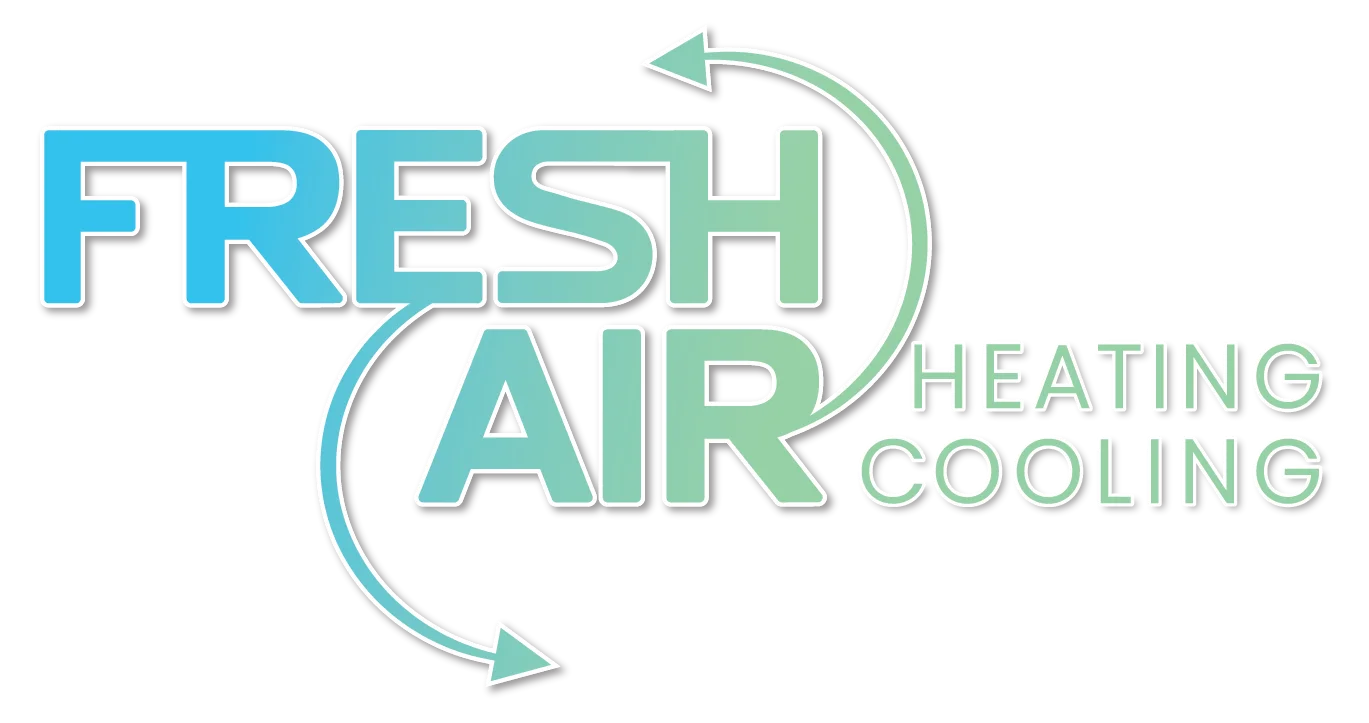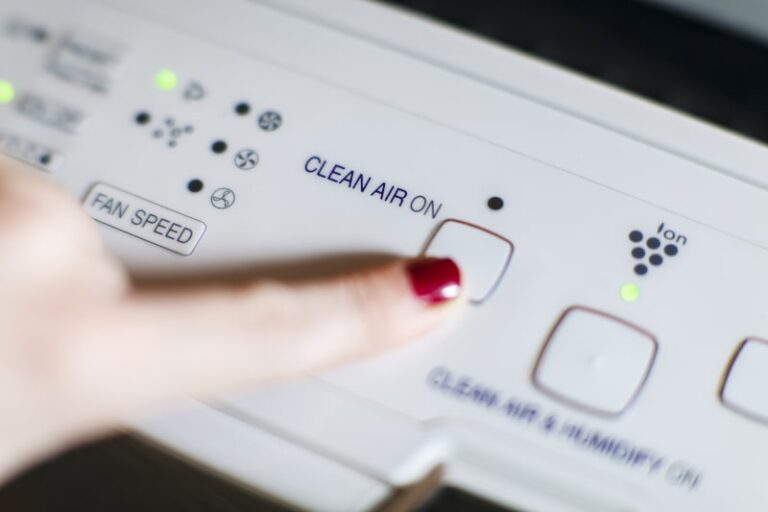The air quality you breathe in your Chesterfield, MO, home is important for your health and comfort. Unfortunately, it can be difficult to keep indoor air clean due to common sources of air pollution. Here are six prevalent sources of indoor air pollution in your home and how to effectively manage them:
Biological Contaminants
The relative humidity in homes can be a major contributing factor to the growth of biological pollutants. These include dust mites, biological growth, pet dander and pollen, which all flourish in warm, humid conditions. High concentrations of these pollutants can aggravate respiratory conditions, trigger allergies and cause other health issues.
To reduce exposure to biological pollutants, it’s essential to maintain a relative humidity level of 30-50% in your home. Regularly cleaning areas prone to dampness, like bathrooms and kitchens, can prevent bacterial growth. Using high-efficiency particulate air (HEPA) filters in your ventilation systems can also help keep these pollutants at bay.
Volatile Organic Compounds
Volatile Organic Compounds (VOCs) make their way into our homes through various everyday products such as paints, aerosols, cleaning supplies and furniture. These products emit VOCs as gases that compromise indoor air quality. Exposure to high levels of VOCs can lead to a range of health issues, from mild irritations like headaches and dizziness to more severe problems like damage to the liver, kidney or central nervous system.
The U.S. Environmental Protection Agency recommends keeping VOC levels as low as possible. However, there are no specific numerical standards for indoor residential settings established. Choose low-VOC or VOC-free products when possible, and ensure good ventilation to reduce exposure to these compounds.
Carbon Monoxide
Carbon monoxide (CO) is a colorless, odorless gas produced as a byproduct of burning fuel. Common home appliances such as gas stoves, heaters, fireplaces and vehicles in attached garages generate carbon monoxide. Prolonged exposure to high levels of CO can lead to headaches, dizziness, vomiting and death.
Proper installation and maintenance of all fuel-burning appliances minimize exposure and effect of CO. Regular inspection and service by a qualified professional will help to keep these appliances functioning correctly and safely. Additionally, your service technician should install a CO detector in your home to alert you if levels become dangerously high.
Radon
Radon is a naturally occurring radioactive gas that can find its way into homes through cracks in walls or floors. It’s the second-leading cause of lung cancer in the U.S. and is especially dangerous when it accumulates at high levels within enclosed spaces like basements.
The only way to know if your home has elevated radon levels is to have an expert conduct a test. The EPA recommends testing homes every two years. If the results indicate elevated radon levels, installing an effective mitigation system can reduce health risks.
Secondhand Smoke
Secondhand smoke contains several toxic chemicals and can cause serious health issues, especially for children. Even if your family doesn’t smoke indoors, secondhand smoke particles from nearby homes or businesses can still enter your home.
Keep windows and doors closed to prevent smoke particles from entering your home. Installation of air filters or purifiers designed to filter these particles can also help.
Combustion Pollutants
Common household items such as gas stoves, furnaces and water heaters produce particulates like soot, smoke and ash that can pollute indoor air. These particles are dangerous for people with asthma, emphysema or other respiratory illnesses since they can clog the lungs.
Inspect and maintain all combustion-producing appliances to ensure proper functioning. Ensure your technician replaces faulty or worn components as soon as possible, and carefully follow manufacturer instructions. Investing in high-efficiency appliances can also help reduce exposure to these pollutants.
Identifying common sources of air pollution and mitigating their effects is the best way to ensure healthy indoor air quality. Contact Fresh Air Heating & Cooling today to learn more about maintenance practices to help you keep your home free from air pollution.
Image provided by iStock

